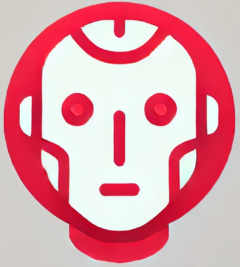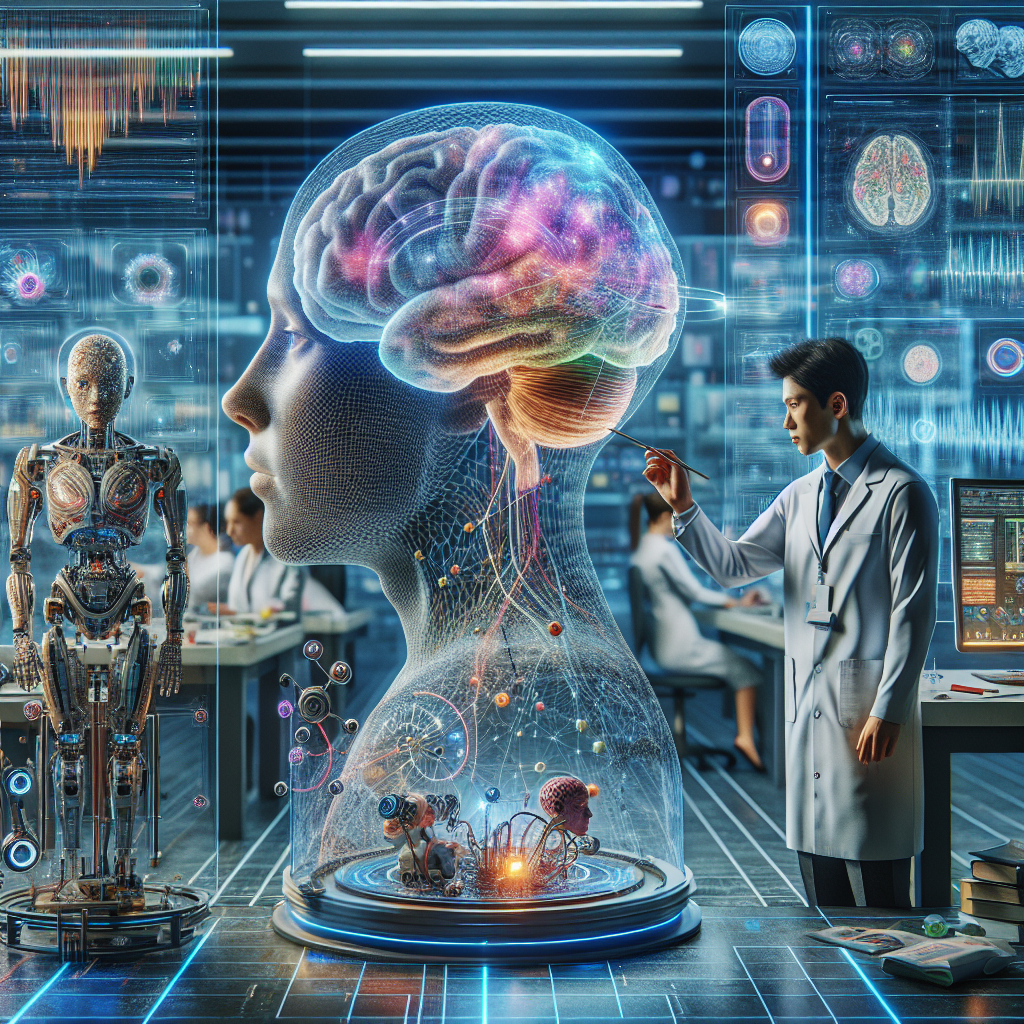Merging Minds with AI Technology
In 1969, a UCLA neuroscientist named Dr. Jacques Vidal sparked the imagination of generations when he coined the term “Brain-Computer Interface” (BCI). At a time when computers filled entire rooms and artificial intelligence seemed like science fiction, Vidal envisioned a future where thoughts could directly control machines. Today, that future is knocking on our door. Merging minds with AI technology is no longer a theoretical concept—it’s a rapidly advancing frontier blending biology, computing, and machine learning.
Understanding Brain-Computer Interfaces (BCIs)
Brain-computer interfaces are systems that establish a direct link between the human brain and external digital devices. By translating neural activity into machine-readable commands, BCIs allow individuals to interact with technology using only their thoughts. Initially developed to aid people with physical impairments, BCI applications are now expanding into fields like gaming, communication, military operations, and even creative arts.
How AI Enhances Brain-Computer Interfaces
While BCIs can read and relay brain signals, AI dramatically amplifies their potential by interpreting complex patterns in real-time. Neural signals are notoriously noisy and non-linear. Here, AI steps in to:
- Filter and decode neural data: Machine learning algorithms process large volumes of raw brainwave data, filtering out irrelevant noise and identifying patterns correlated with specific thoughts or intentions.
- Improve signal-to-action response time: AI-driven interfaces reduce latency, allowing for more natural control of bionic limbs, cursors, or even smart home systems.
- Adapt and personalize communication: AI models can learn from individual users over time, building a highly customized interface that adapts to unique brain signatures.
Real-World Applications Already in Motion
Companies like Neuralink, founded by Elon Musk, are pioneering neural implants aimed at enabling direct interaction between the brain and AI-powered systems. Meanwhile, organizations such as Kernel and NeuroPace are developing non-invasive and therapeutic-grade interfaces for cognitive enhancement and seizure prediction. These collaborations across neuroscience and AI development are accelerating the reality of merging minds with AI technology.
One notable example includes patients with ALS (amyotrophic lateral sclerosis), who can now communicate via thought-to-text systems. These cutting-edge solutions are built using AI models trained on user-specific neural signals, enabling silent, non-verbal communication once thought impossible.
Challenges on the Path to Brain-AI Fusion
Despite its promise, merging AI with human cognition is rife with ethical, technical, and social challenges:
- Privacy concerns: Who owns the data generated by your brain? Safeguarding neural data is paramount as BCIs evolve.
- Invasive procedures: Many BCIs require surgical implantation, which restricts accessibility and brings inherent medical risks.
- Technical limitations: Brain signals are nuanced, and even AI has much to learn before decoding them with 100% accuracy.
The Road Ahead: A Cognitive Evolution
Merging minds with AI technology isn’t just an evolution of tools—it’s a cognitive leap. As AI grows more capable of understanding us from the inside out, humanity stands at the brink of a revolution in how we perceive, learn, and connect. While we are still defining ethical frameworks and refining the science, the fusion of mind and machine is undeniably underway.
Want to dive deeper into how these technologies shape the future? Explore the latest research on brain-computer interfaces and AI.

